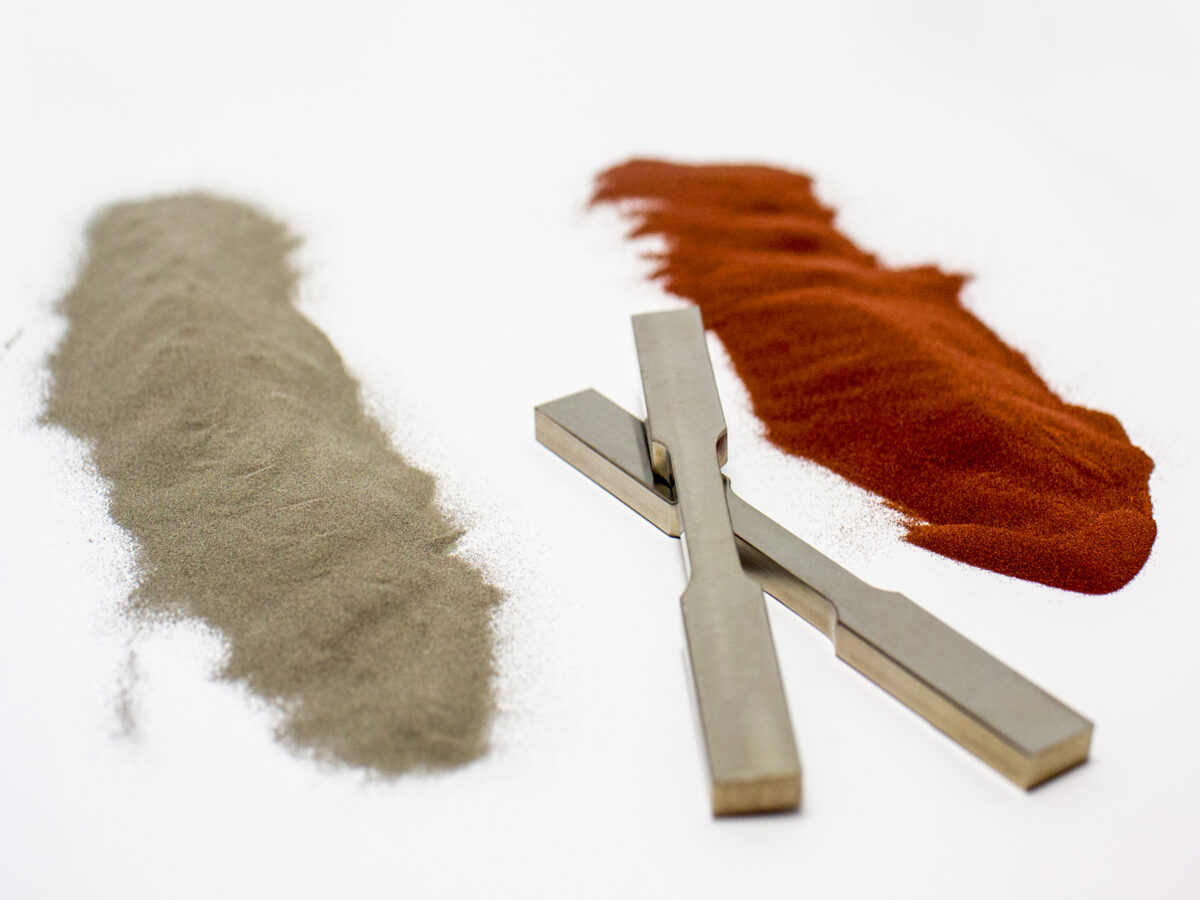Aussie brains beat brittle grains: researchers show how copper makes stronger 3D printed titanium alloys

Australian researchers have made a breakthrough in alloy design for 3D printing, improving the properties of titanium parts for future applications in medical, aerospace and other industries using copper.
While additive manufacturing for high-value titanium alloys offers advantages including greater design freedom and less waste versus milling, its usefulness is currently limited by microstructure and other issues. These alloys often suffer problems around cracking and tearing, due to the shape of grains formed during the melting and cooling of powders. And as the researchers point out, unlike with other common engineering alloys such as aluminium, there is no commercial grain refiner currently available.
Work published in the prestigious journal Nature shows the promise of new titanium-copper alloys with “exceptional properties,” even without special process control or additional treatment after printing.
“Of particular note was its fully equiaxed grain structure: this means the crystal grains had grown equally in all directions to form a strong bond, instead of in columns, which can lead to weak points liable to cracking,” explained Professor Mark Easton from RMIT University’s School of Engineering of the results.
“Alloys with this microstructure can withstand much higher forces and will be much less likely to have defects, such as cracking or distortion, during manufacture.”
The collaborative work – explained in the paper titled Additive manufacturing of ultrafine-grained high-strength titanium alloys – involved alloy composition and grain microstructure specialists from RMIT, CSIRO, University of Queensland and Ohio State University. It can be accessed here.
Picture: 3D printed and machined titanium alloy parts with titanium and copper powder (supplied)
Subscribe to our free @AuManufacturing newsletter here.
Topics Manufacturing News
@aumanufacturing Sections
Analysis and Commentary Awards Defence Manufacturing News Podcast Technology Videos










